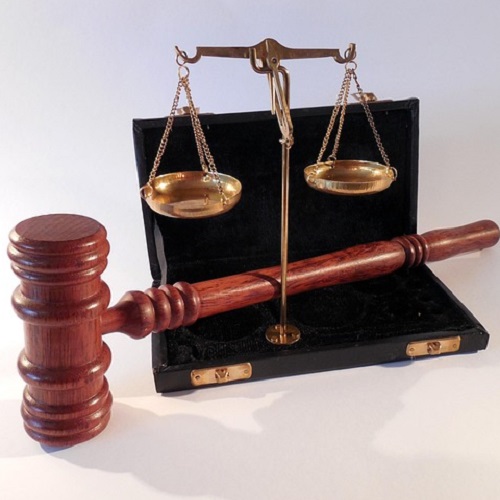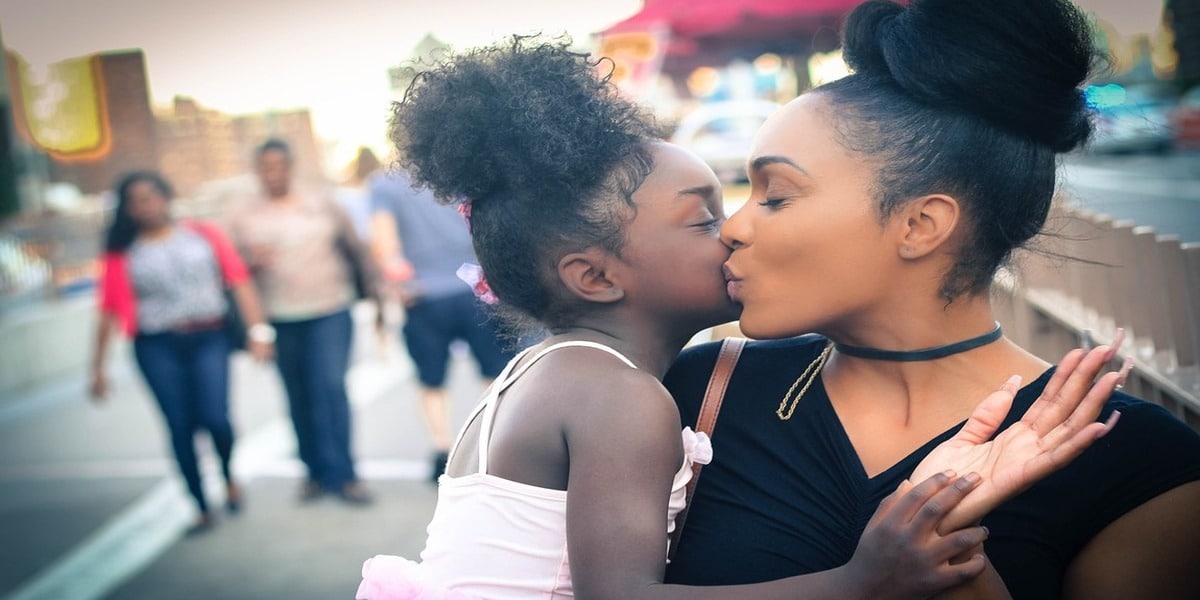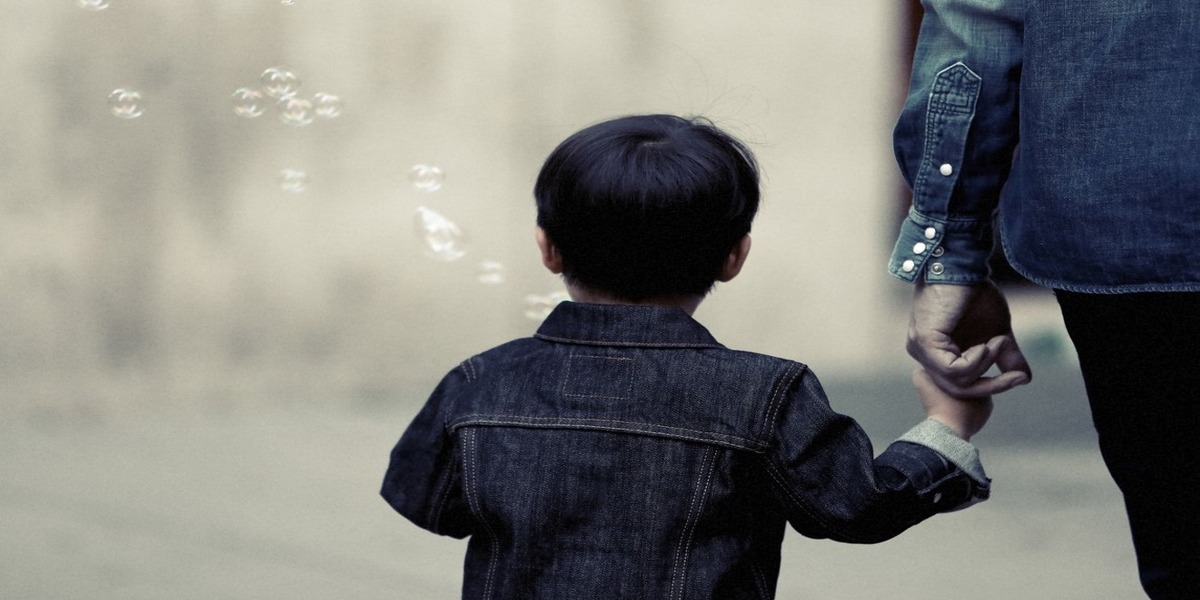Legal custody is an important part of family law and refers to who can make major decisions about a child. Parents, guardians, and professionals must comprehend the nuances of legal custody, especially in guardianship disputes. So here are the definitions, types, implications and processes concerning legal custody.
Definition of Legal Custody
Legal custody is the authority a parent or guardian has to make important decisions for a child. These decisions involve many components of a child’s life, such as:
- Education: Where the child will attend school & what educational needs the child has.
- Health care: Deciding on medical interventions like surgery and vaccines.
- Religion: Determining what religion the child is raised in and how immersed in it he or she will be.
- Extracurricular activities: Extracurricular activities which grooms the child besides studies.
Legal custody is separate from physical custody, which involves the child’s residence and who gives daily care.
Types of Legal Custody
There are two main categories: sole legal custody and joint legal custody.
Sole Legal Custody
One parent can make important decisions about the child’s well-being in sole legal custody. This accommodation is usually granted when:
- One parent is unfit or unwilling to take part in decision-making — think substance abuse, mental health, or the like.
- A history of parent conflict which might mean co-parenting would not be effective.
Sole legal custody promotes expedient decision-making but can restrict the other parent’s participation in major aspects of the child’s life.
Joint Legal Custody
This means that both parents have decision-making authority. This requires collaboration and communication among the parents, and courts frequently favor this setup as it retains a mutually supportive parenting environment. Key features include:
- Joint legal custody: Both parents must consult on important decisions in the child’s life.
- Cooperation: Parents must cooperate with one another, and if there are tensions, mediation is necessary.
- Best interest of the child: Courts generally prefer joint legal custody unless there’s reason it wouldn’t be in the child’s best interest.
Read our Full Custody vs. Joint Custody guide to learn more.
Distinction Between Legal Custody and Physical Custody
Legal custody differs from physical custody; while legal custody is about decisions, the physical one is about where the child lives. Physical custody is also categorized as sole or joint:
- Sole Physical Custody: The child lives primarily with one parent, while the other may have visitation rights.
- Joint Physical Custody: The child spends significant time living with both parents, although this does not necessarily mean equal time.
These differences must be made clear for parents, as they play a significant role in day-to-day life and in the role that each parent can fulfill.
What Are the Factors in Deciding Legal Guardianship
Courts play a critical role in deciding how legal custody is divided by examining various factors that prioritize the child:
- Parental fitness: The fitness of each parent is to provide a safe, secure, and nurturing environment.
- Child’s wishes: Considering the wishes of older children, who would prefer to live with one parent or the other or have a say over decisions.
- Parental cooperation: Judging parents’ ability to communicate and cooperate on decisions regarding their child.
- Stability: Who can give kids a more stable home.
- Geographical proximity: Analyzing how close (or far away) parents live from one another, which can influence visitation and cooperation.
How is it Granted
Securing legal guardianship typically goes through a few processes in the family courts:
- Custody action: One parent (the plaintiff) petitions the court for custody and the proposed living arrangement.
- Response from the other parent: The other parent (the defendant) can reply to the petition.
- Mediation: Courts usually refer the parents to mediation before going to trial to help come to an amicable arrangement.
- Court hearing: If mediation fails, a judge will conduct a hearing where both parents present evidence supporting their custody case.
- Judgment: The judge will issue a ruling based on the evidence presented and factors considered in determining what arrangement serves the child’s best interests.
Modifying Legal Custody Arrangements
Custody arrangements are not set in stone; they can be modified if circumstances change significantly. Common reasons for seeking modification include:
- Changes in parental circumstances (e.g., relocation, job changes).
- Evidence that one parent is unfit or unable to fulfill their responsibilities.
- Significant changes in the child’s needs or preferences as they age.
To change a custody order already in place, the parent wishing to do so must file a motion with the court explaining the need for a change.
Conclusion
There is a good reason legal custody is important to ensure children are taken care of by their parents or guardians. Knowing its definitions, types, implications, and processes can help parents navigate complex family dynamics during a separation or divorce. They are all seeking to make decisions that are in the best interest of your children while embracing a relationship with both parents when appropriate.
Read our guide on how to tell kids about divorce. And if you are on a tight budget, check this Family Law Free Consultation guide. Don’t forget to follow us on Facebook to receive the latest alerts.
Sources:
- https://michiganlegalhelp.org/resources/family/custody-and-parenting-time
- https://freedmarcroft.com/physical-custody-vs-legal-custody-the-differences-explained/
All images from pixabay.com

SmartDivorceNetwork.com Thanks to all our contributors; Independent Writers, Journalists and Guest Gloggers for helping the site to became better with good an engaging content and for keeping our readers up to date with the most recent information about divorce.







